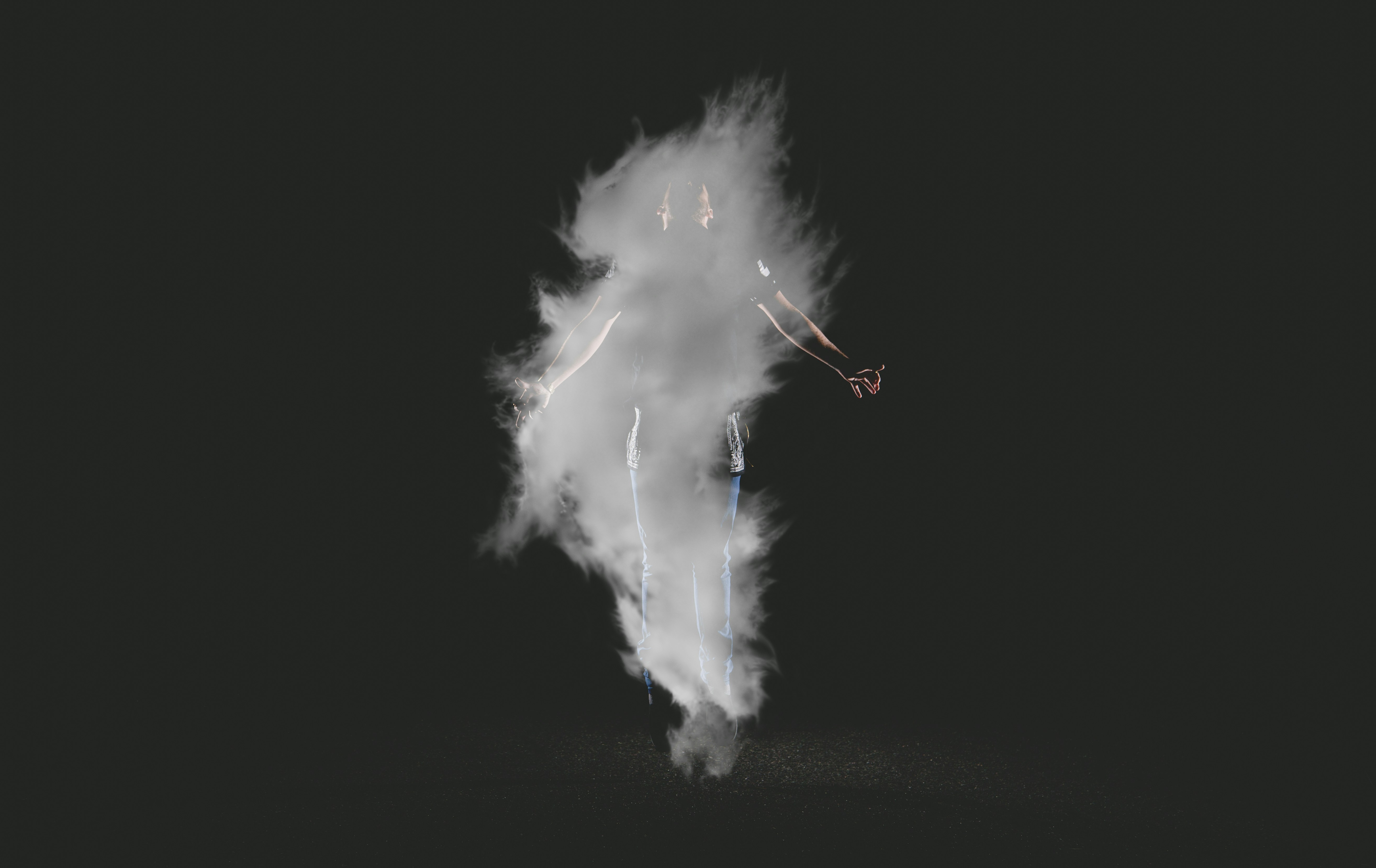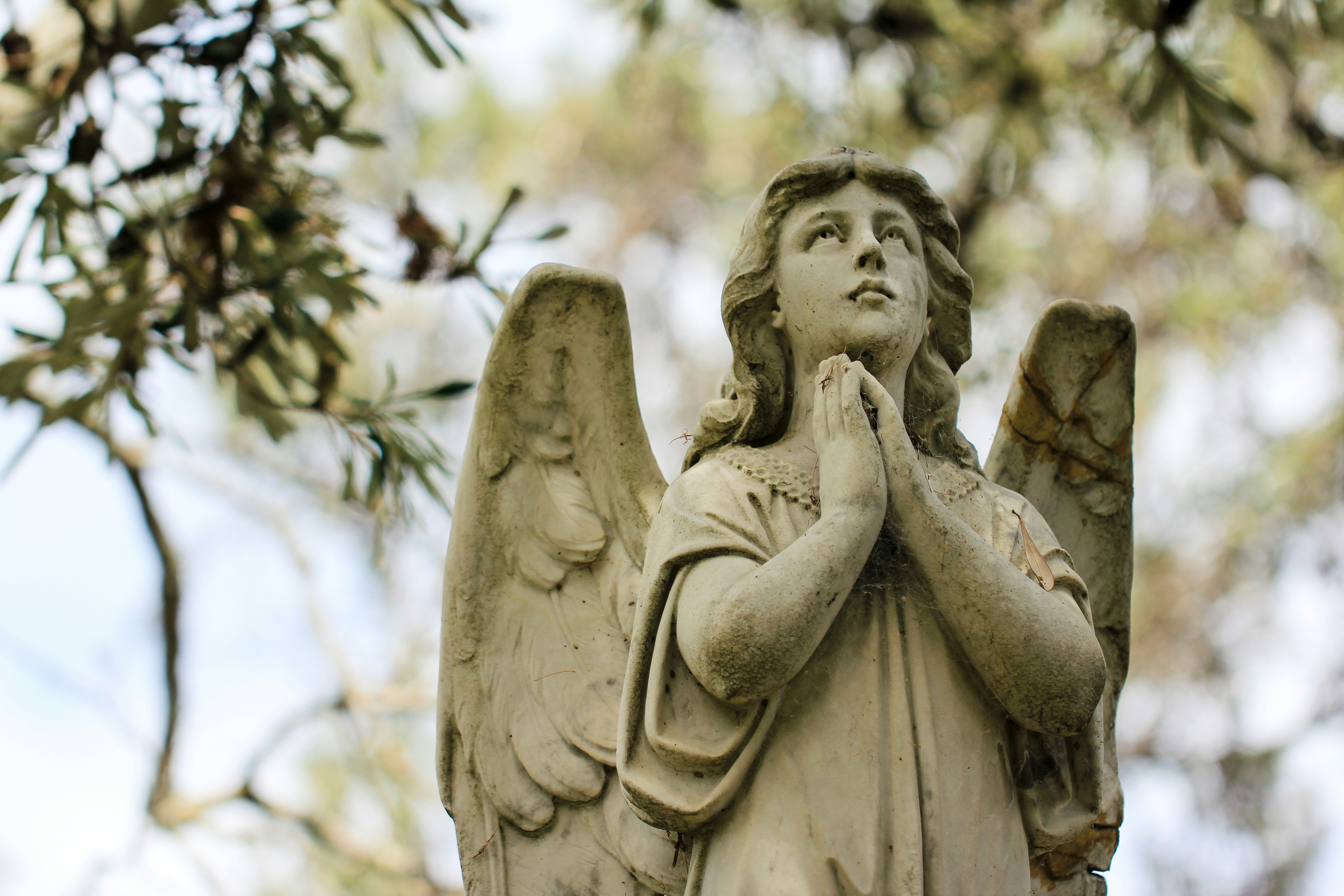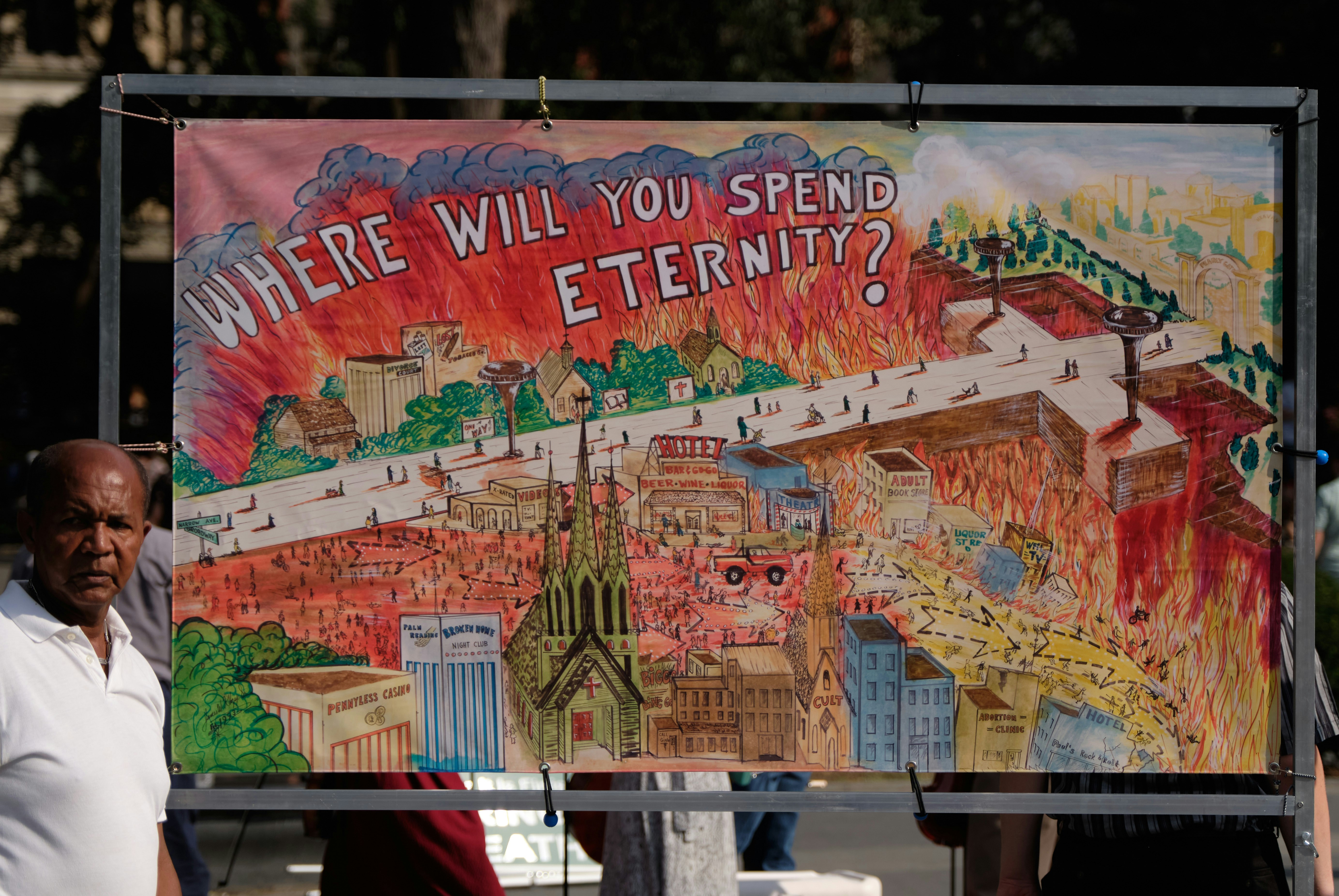
People ask me this question all the time. And while I can, with some degree of confidence, tell my clients what will happen as we are actively dying, I cannot say with any accuracy what happens after we die.
But just because I don’t know for sure what happens after death, doesn’t mean I don’t have some ideas.
Near-Death Experiences and Near-Death Awareness
The distinct phenomena around near-death experiences (NDEs) and near-death awareness (NDA) are related but different in the context of close encounters with death.
Near-Death Experiences (NDEs)
NDEs refer to a set of subjective experiences reported by individuals who have been close to death or clinically dead and subsequently revived. These experiences often include vivid sensations such as seeing a bright light, feeling peace, encountering deceased loved ones, or having an out-of-body experience.
Near-Death Awareness (NDA)
Near-death awareness, also known as deathbed visions or deathbed phenomena, refers to common experiences reported by individuals – and many of my clients – who are terminally ill or close to death. Unlike NDEs, this isn’t a full-blown return from clinical death. Rather, this is when someone reports encounters with deceased loved ones, visions of angels or spiritual beings, or a sense of transition or preparation for death.
Religions on the Afterlife
The question of what happens after we die is one of the most profound and debated questions in human history, encompassing various religious, philosophical, and cultural beliefs. Here are some very brief words on these different perspectives.

Christianity
Generally speaking, Christians believe that after death, their soul faces judgment, leading to either eternal life in heaven or punishment in hell. This is typically based on faith, although Catholics also believe one’s deeds matter.
Islam
Islamic belief teaches that after death, Allah judges each soul. They go either to paradise (Jannah) or hell (Jahannam), depending on their faith and actions.
Judaism
While concepts of heaven and hell are not as prominent in traditional Jewish theology as they are in some other religious traditions, there are references to Gan Eden (Paradise) as a place of spiritual reward and Gehenna as a state of purification or punishment for the soul. These concepts are not typically interpreted in the same way as in Christian theology.
Buddhism
Buddhists believe in reincarnation, where the soul is reborn into a new body based on karma, the accumulation of one’s actions in past lives.
Hinduism
Hindus also believe in reincarnation, with the soul undergoing a cycle of birth, death, and rebirth (samsara), influenced by karma and dharma.
Atheistic/Naturalistic Views
From a scientific or atheistic perspective, death is seen as the cessation of biological functions and the end of consciousness. Atheists don’t believe in an afterlife or supernatural existence beyond death.
Philosophical Perspectives
Philosophers have debated various ideas about what might happen after death. Some propose ideas such as eternal oblivion, where consciousness ceases to exist. Others suggest concepts like an eternal recurrence or a merging with a greater cosmic consciousness.
Cultural Beliefs
Cultural beliefs vary widely, with some cultures emphasizing ancestor worship or rituals to guide the deceased’s soul to the afterlife. Some cultures promote complex mythologies surrounding death and the afterlife.

Common Near-Death Experiences
What happens after we die? I’m not sure. But at the same time, I cannot dismiss the surreal and similar experiences reported by people, from different cultures and religions, who’ve endured NDEs.
Out-of-Body Experiences (OBEs)
Many people describe feeling as though they floated above their physical body, looking down from a vantage point above.
During OBEs, individuals see and perceive their physical surroundings from their out-of-body perspective. They describe details of the room or environment that they could not have seen from their physical position.
Some report moving or traveling during OBEs, either within the physical environment or through other realms or dimensions. They describe flying, floating, or passing through walls or objects.
OBEs can involve sensory perceptions beyond vision, including auditory, tactile, and even olfactory sensations. Some people hear sounds or voices, feel tactile sensations such as wind or warmth, or even smell scents associated with their surroundings.
As a trip sitter, I hear similar reports from clients who experience psychedelic trips.
During OBEs, folks report encountering other beings or entities, including deceased loved ones, spiritual beings, or even other versions of themselves. These encounters can be comforting, neutral, or unsettling, depending on the individual’s beliefs and perceptions.
OBEs may involve distortions of time perception, with individuals experiencing subjective time dilation or compression. Some report feeling as though time is passing differently or that they have experienced a significant amount of time within a relatively short period.
These experiences evoke a wide range of emotional states, including euphoria, peace, curiosity, fear, or confusion. These emotional responses vary depending on the individual’s beliefs, expectations, and the specific circumstances of the experience.
Tunnel Experiences
Individuals often describe seeing or perceiving a tunnel that appears to be illuminated or filled with light. The tunnel has a defined shape or structure, such as a cylindrical or funnel-like form, and it seems to extend into the distance.
During tunnel experiences, individuals commonly report a sensation of moving through the tunnel. This movement feels smooth, effortless, and continuous, as though they are being drawn or guided along a path.
Some people describe the sensation of moving through the tunnel at high speed or accelerating rapidly. This sensation of speed can vary among individuals, with some reporting a sense of exhilaration or excitement. They perceive visual phenomena such as patterns, colors, or shapes. These visual perceptions range from simple geometric patterns to more complex and vivid imagery.
Tunnel experiences are often accompanied by feelings of peace, serenity, and comfort. Many individuals describe a sense of relaxation and acceptance as they move through the tunnel, with some interpreting it as a welcoming or reassuring transition.
Individuals sometimes report encountering beings, entities, or deceased loved ones while moving through the tunnel. Similar to some psychedelic journeys, these encounters occur spontaneously or are perceived as guiding or accompanying the individual on their way.
While tunnel experiences are commonly interpreted as literal phenomena, some individuals interpret them symbolically or metaphorically. For example, they see the tunnel as a metaphor for the transition from life to death or a passage to another realm of existence.
Life Reviews
Loved ones encountered after death may offer guidance, support, or insights related to the individual’s life journey. Some individuals report receiving guidance or reassurance from deceased relatives, helping them navigate challenges, make important decisions, or find meaning and purpose in their lives.
Many individuals report profound peace, love, and interconnectedness during these life reviews.
In the End
Ultimately, what happens after death remains a mystery that is deeply influenced by personal beliefs, cultural backgrounds, and philosophical outlooks. It’s a question that has fascinated humanity for millennia and continues to inspire contemplation and exploration from various perspectives.
What happens after we die is a mystery. But as a death doula, I’ve never seen anything to be afraid of. I encourage my clients to be awed by the mystery, rather than frightened of it. If you need support during this sacred time of life, please reach out to me today.




Recent Comments